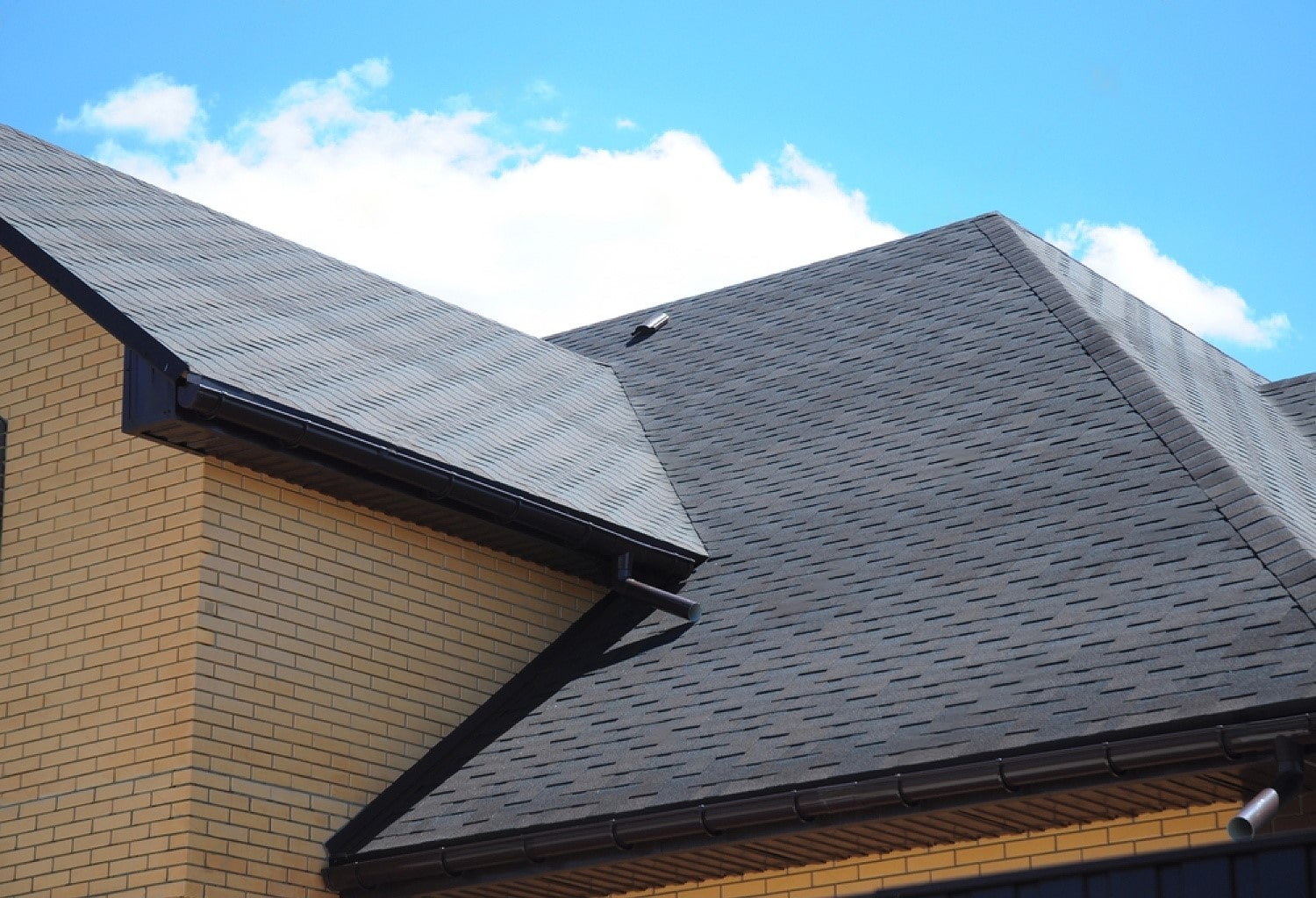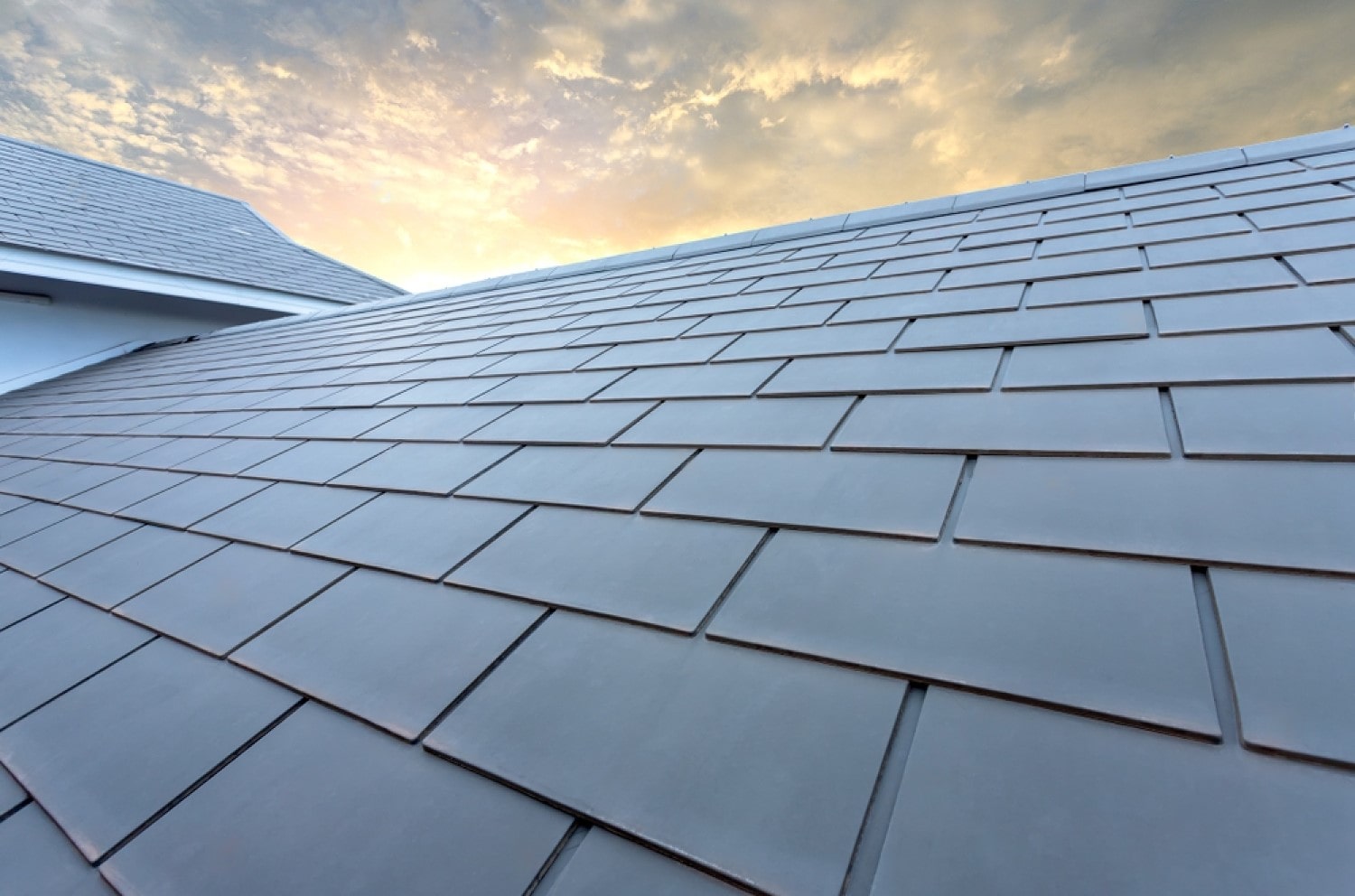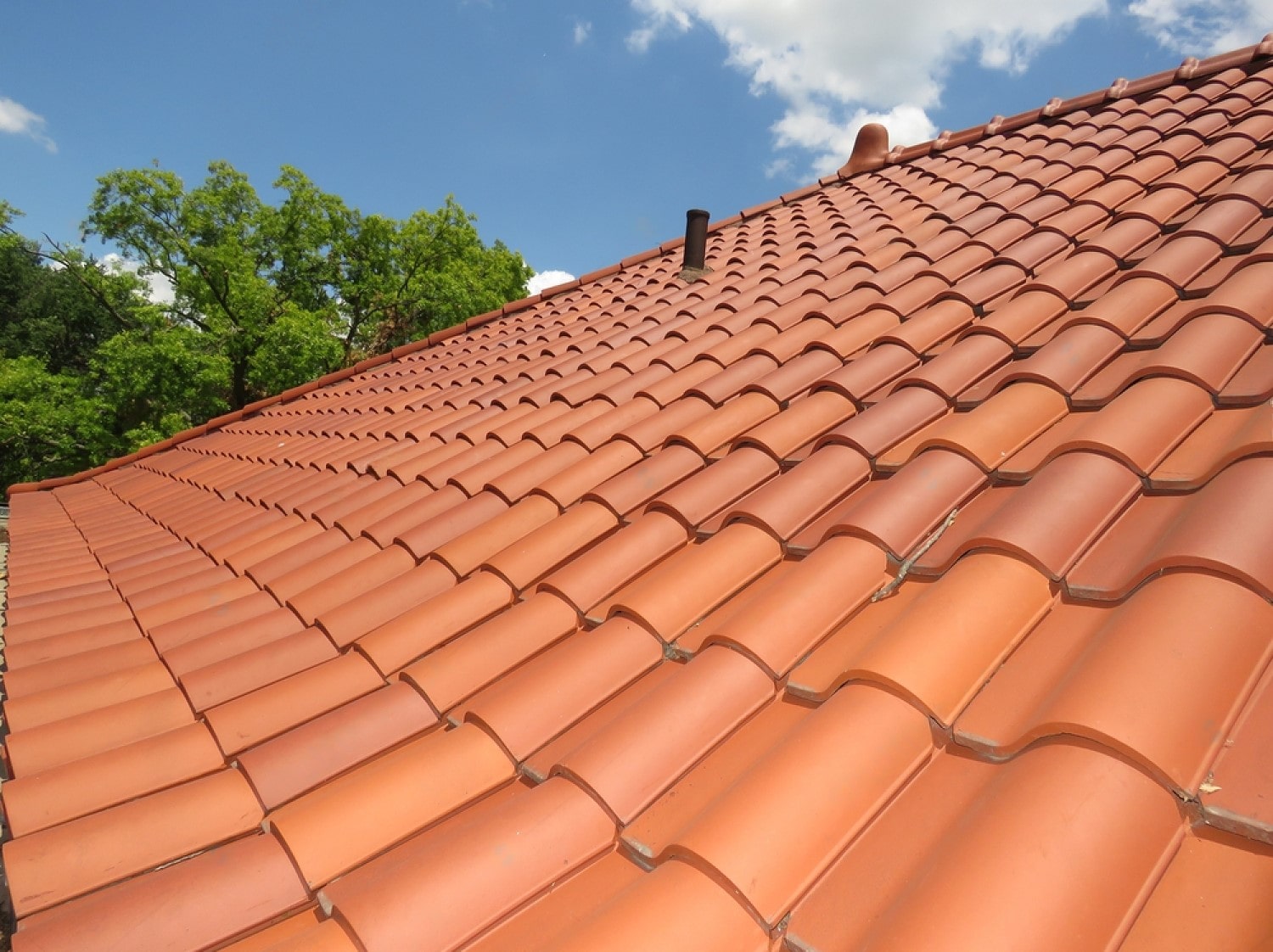We live in a world of abundance: our buildings are getting higher, our closets are getting bigger, and our food is getting more accessible. The realm of home improvement and remodeling is also experiencing a boom with new trends and various methods, and roofing systems are no exception. Your roof is one of the most critical features of your home, providing comfort, warmth, and safety. The type of roof you choose will highly depend on the area where you live and its climate, the structure and type of your home, your budget, and accessibility to the materials. Theoretically, the roof has one main purpose – to keep the water and moisture out of your home. Practically, however, there are a number of reasons for installing different types of roofing systems.
Let’s take a look at numerous types of roofs, their features, and what we consider the pros and cons of the installation.

Asphalt Roofing System
Asphalt shingle is a roofing material consisting of asphalt felt mixed with a fiberglass core. Shingles are most commonly sold in strips that perfectly match the shape of your roof. Asphalt shingles are excellent roofing materials for several reasons. First of all, it is very airtight because the strips thoroughly cover every unevenness of the roof and are resistant to deformation. They require little to no maintenance. In addition, asphalt shingles are easy to install. The sheets of material are partially covered with a layer of asphalt or glue and stick together under the influence of temperature.
Another advantage of asphalt shingles is their low weight, and the sheathing can be installed even on a roof with a not-very-strong roof truss. The asphalt roofing system is also aesthetically pleasing and perfectly insulates sound. They are also relatively budget-friendly and can last from 15 to 30 years.
The disadvantages of asphalt shingles include the need for roof formwork, which increases the cost of laying the roofing. However, considering the much lower prices of asphalt shingles compared to the cost of other types of roofing, the investment in shingles remains profitable anyway. Another con may be the fact that mosses and lichens can form on the heterogeneous structure of the shingle in shaded and damp places. You may use preparations designed to remove natural lichen.
The disadvantages of asphalt shingles are compensated by their numerous advantages. If you want durable and aesthetic roofing for many years to come, it might be worth investing in the asphalt roofing system.
Rubber Membrane Roofing System
EPDM membranes are durable and functional roof covering. The system shows good vapor permeability and high water resistance. The rubber membrane is also resistant to abrasion and corrosion, and additionally, it does not strain the roof structure excessively.
However, this roofing solution has some disadvantages. The most important con of having a rubber membrane roofing system is the high susceptibility to the harmful effects of fats and petroleum derivatives. Installation can also become problematic. It requires removing the layer of the previous coating, which generates unnecessary high costs. In addition, it turns out to be very difficult on roofs with a lot of elements, such as antennas, chimneys, or vents.
EPDM membranes are sold in rolls; therefore it is necessary to connect the individual strips. The joints are the weakest part of the covering. They are susceptible to mechanical damage and aging processes, which means that leaks may appear in these places after some time.


Slate Roofing System
Roofing with slate dates back to before the Middle Ages, and the first roofers using this material were farmers. Currently, slate is one of the most expensive roofing materials, and roofing and facade contractors are among the roofing elite. Laying slate requires not only knowledge of techniques and experience in preparing the material but also imagination and artistic inclination.
In some regions of the world, slate deposits are very shallow, just below the ground. Builders eagerly reached for slate, already appreciating its high mechanical strength. The greatest traditions of using this material in regions where slate roofing is the most popular result directly from the availability of the raw material.
Slate is used for the roof primarily because of its strength, and it’s one of the greatest advantages. A slate roof is resistant to weather conditions, among other things. It is not absorbent and does not crumble. It is also resistant to high and low temperatures, and it does not change its technical properties and appearance with the passage of time. It does not discolor or fade.
Another advantage of tiles made of slate is their resistance to fire and high temperatures. This significantly increases the safety of the entire building structure and its inhabitants. Slate is also easy to keep clean and does not require specialist maintenance treatments. Regular cleaning is enough to keep it in good condition. Its advantages also include the high aesthetics of the roof as well as other elements of the building.
So, does slate have any downsides? Slate is a relatively heavy material, meaning it will require a very strong substructure. In particular, the roof truss must have a solid structure. The high cost of purchasing the material and its arrangement is also indicated as a disadvantage. In addition, laying slate on the roof is laborious and time-consuming.
Clay Tile Roofing System
Clay tiles are easily available and very popular in many European countries. They are offered in at least a dozen patterns, supplemented with many compatible accessories ensuring a durable and aesthetic finish of the roof. Clay is also a sustainable and eco-friendly material, fired from clay coated with a liquid mass of clay with an admixture of minerals or metal oxides or with fragmented glaze enriched with additives. Firing takes place in a kiln at a high temperature, which causes the ingredients to harden and merge.
The longevity of the clay tile roofing system can reach even up to 30 years, and the clay itself is a material that can remain durable for even 100 years. While this roofing material is one of the heaviest available, which in itself is a disadvantage, its mass makes them a great acoustic insulator. It is also resistant to various weather conditions, such as extreme temperatures.
One of the biggest disadvantages of clay tile is the high price. The material is also heavy, requiring a stronger truss. Laying the tiles also demands the experience and knowledge necessary for proper installation.


